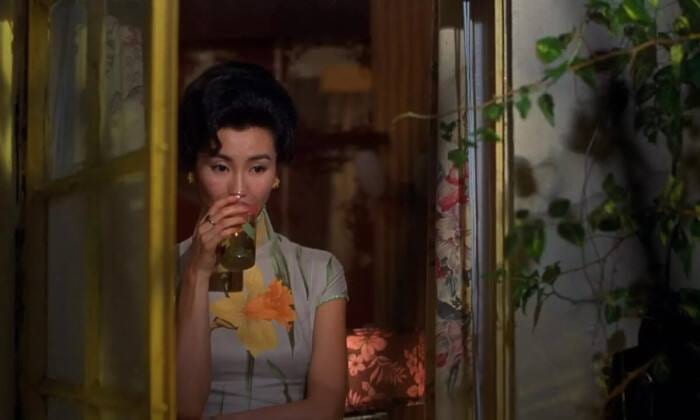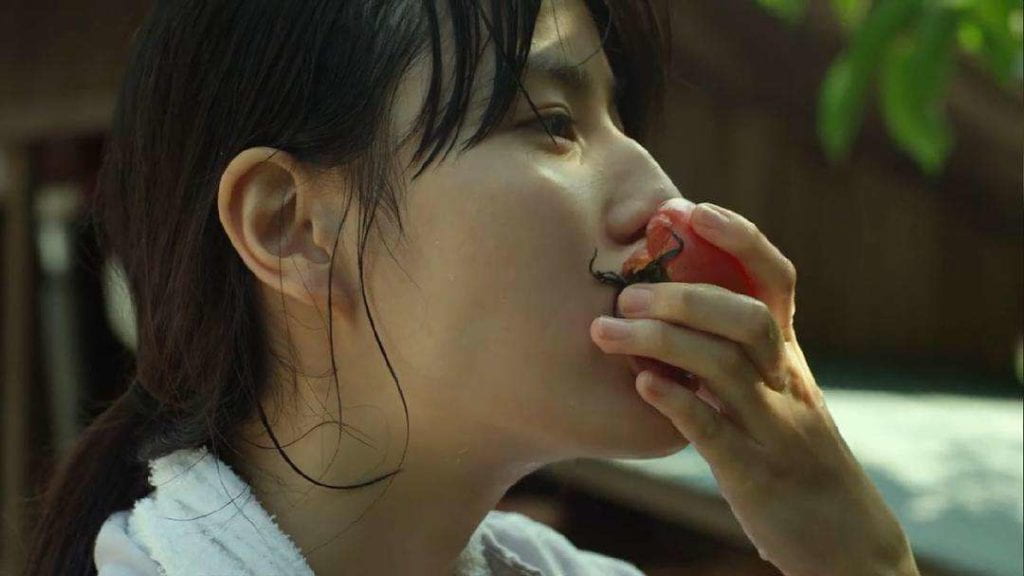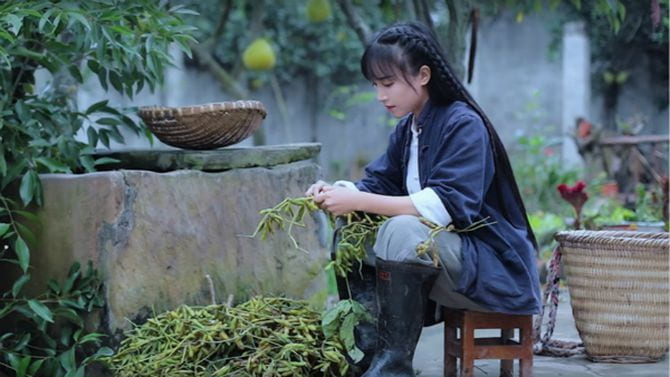
Swislocki’s point on the duality of modern and nostalgic Shanghai reminds me of my favorite director— Wong Kar-wai, who connects the old Shanghai and the modern Hong Kong through his works. Wong is a Shanghai-born, Hong Kong-based filmmaker, noted for his sensuous art films and recognized as a pivotal figure in the cinema of Hong Kong. His works are typical of unique narratives and aesthetic orientation, with a creative way of expressing feeling. Till present, Wong has made 10 features in total, many of which have appeared on best-of lists both domestically and internationally. His next highly-anticipated work in production is Fan Hua (Blooming Flowers), adapted from Jin Yucheng’s famous debut novel, which is set in Shanghai and telling stories of the 1960s and the ’90s.
Looking into the texts of Wong’s movies, we can find that he has been paradoxically writing a migration history with his imagination of the “nostalgic Shanghai” and a modern fable of “nothingness”. It is the combination of traditional Oriental aesthetics with unconventional expressionism narratives that makes the cultural symbol system of Wong’s films easy to receive and consume for the audiences from Hong Kong, from Greater China, from East Asia, and from the West.
For the Hong Kong local audience in 1990s, nostalgia for the past and uncertainty for the future are the most resonating ethos. As one of the “Southern” people in Hong Kong who migrated from mainland China and a cultural hybrid, Wong sensed a cramped living space and an alienated interpersonal space in the enclave of a cosmopolis and artfully casted the “Déjà disparu” state of Hong Kong into the cinematic space. Metaphors of time are also everywhere in Wong’s films: “Somewhere, somehow, things come with an expiration date. Is there anything on earth that will not expire?” The classic lines of Chungking Express reflect a postmodern feeling of nothingness in contemporary minds, as well as a common anxiety of Hong Kong residents faced before the 1997 handover, when the United Kingdom ended administration for the colony of Hong Kong and returned control of the territory to China. Along with other coeval nostalgic films, Wong’s films made an effort in seeking the common cultural memory of Hong Kong migrants and other Chinese diaspora. Therefore, Wong set the majority of his films in specific, suppositive space and time. He made the Shanghai trilogy- Days of Being Wild, In the Mood for Love, and 2046 all set to happen in the 1960s Hong Kong. For Wong, Shanghai is his birthplace; it is also the root and past of Hong Kong.
For the Pan-East Asian audience, postmodernity embodied in Wong’s films is a most consumable and intriguing cultural element. Similar to Koichi Iwabuchi’s illustration of Japan’s regional dominance in his work Culture of Empire (2008): Transnational media flows and cultural (dis)connections in East Asia, “the emerging sense of cultural similarity between Japan and other Asian nations these viewers experience seems to be based upon a consciousness that they all live in the same modern temporality and spatiality,” (p.155) Hong Kong also led in modernity among East Asian countries in the 1990s as a glocalized regional hub. Some of Wong’s films are set in the South America, or in South Asia, providing a foreign experience that matches a global image of the East Asian audience. The flooding of capitalistic urban landscape, the theme of missing and refusal in romantic relationships, the issue of “forget or remember”, the mentality of solitude and fetishism, these postmodern elements collaged in Wong’s films to construct a great visual and emotion tension. In addition, with a stylized postmodern narrative in which form outweighs content, Wong’s writing is highly fragmented. The lines, the film music, or the cartoonic character images can all be singled out from the whole text and travel as cultural symbols.
For the Western audience, the masterpieces In the Mood for Love and The Grandmaster are their favorites. Both of the two movies visualize an “Oriental imagination” through the Othering, differentiated film text. The 23 different cheongsams Maggie Cheung wore in the former film veiled an implicit filter of the “Latin 60s mood”; the legendary life of grandmaster Ip Man in the latter film presented the traditional chivalric spirit in “river and lake”. In the process of defamiliarization narration, Wong created a spectacular East. A note-worthy fact is that most scenes of In the Mood for Love were actually shot in Bangkok, Thailand, instead of Hong Kong or Shanghai. That means the images of the location Wong depicts in the film are in distortion. As the auteur himself said, he had no intention in representing faithfully of the 1960s China, but only hoped to depict the images of the foreground of his subjective memory. But it doesn’t matter for the Western audience who want to enjoy a delicate, differentiated “East” in the cinema. Another reason for picking these two films rather than the urban series is that composed by first developed countries, the Western market didn’t buy into the modern experience narrative as much as East Asia. What resonate better with them are the humanistic sentiments and the classic sense of fatalism, which appeared in both movies.










